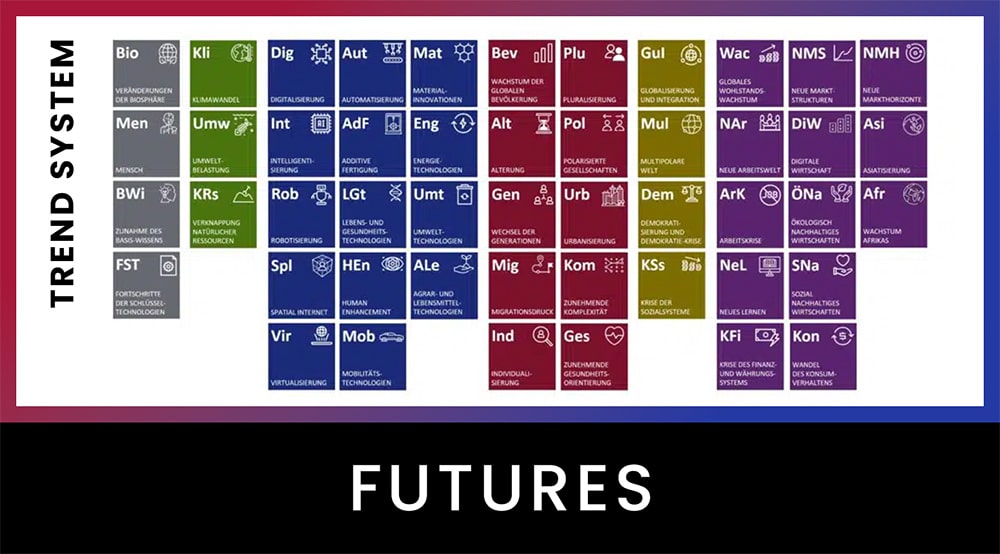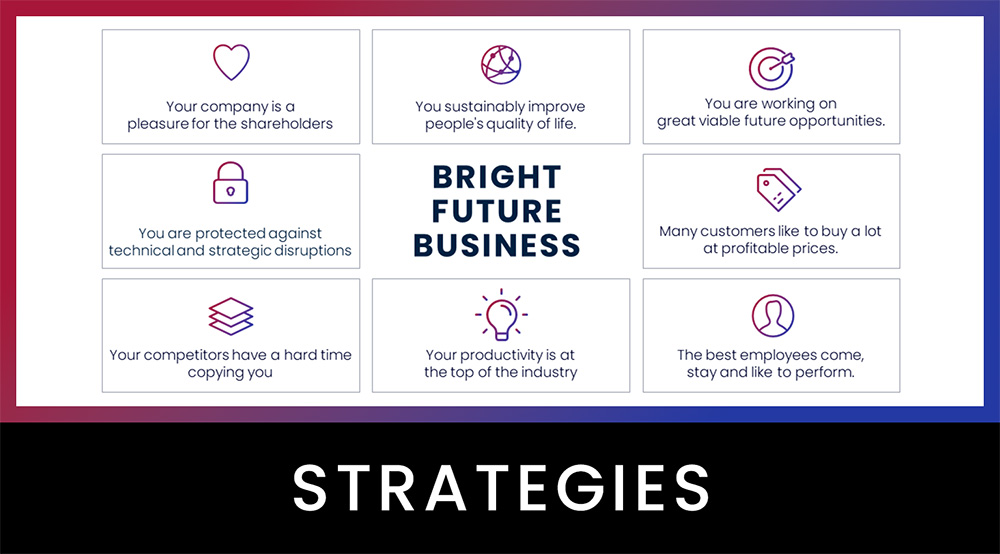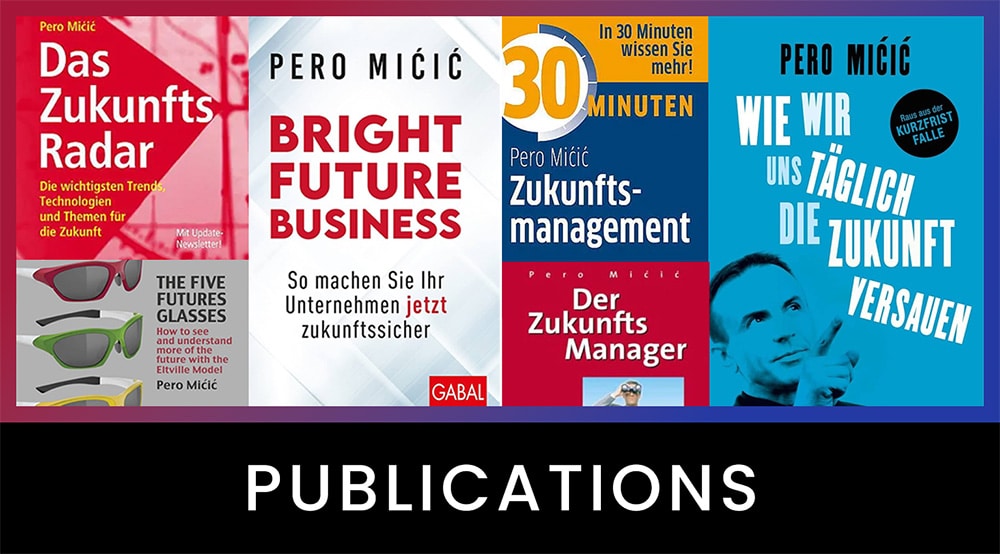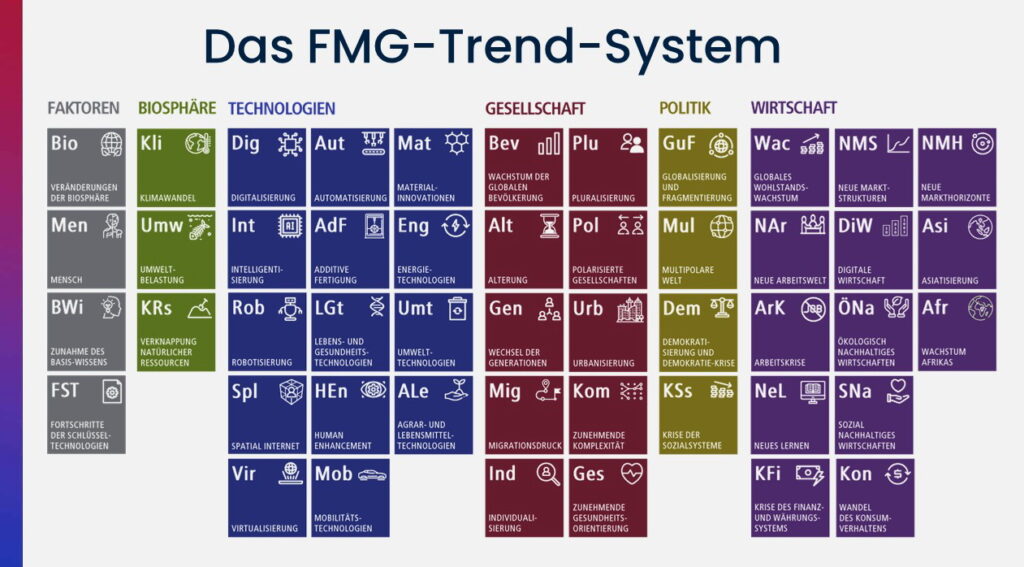Migration megatrend
From the FMG Trend System: For your future-proof company
Migration pressure as a driver for change
Global migration is one of the most profound social developments of the 21st century. It is triggered by numerous factors – including economic inequalities, demographic shifts, political instability and, increasingly, climate change.
In recent decades, the number of international migrants has steadily increased. Today, more than 280 million people live outside their country of origin. Migration affects not only the countries of origin and destination, but also transit regions and global supply and value chains.
Companies experience migration in many different ways: as a change in markets, as a challenge in personnel recruitment, as a factor for social dynamics in customer and working environments – but also as an opportunity to tap into new potential. To the overview of all megatrends.
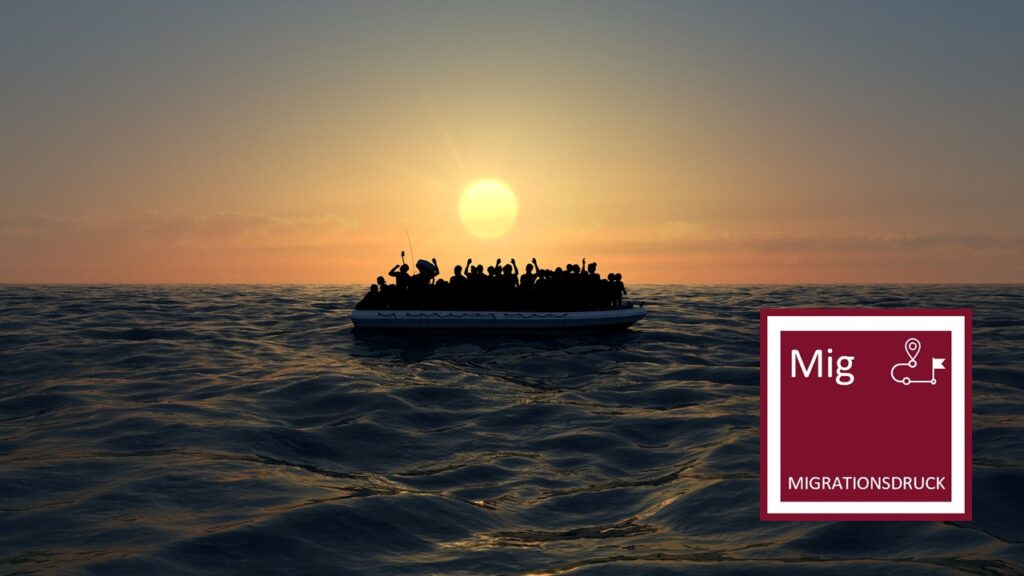
What does the migration megatrend mean for companies?
Migration is more than just a geopolitical issue – it is also changing markets, working environments and the social climate. For companies, it opens up a complex field of challenges and opportunities.
On the one hand, migration – especially skilled immigration – provides relief on the labor market in aging societies. New target groups are emerging with their own consumption patterns, needs and cultural codes. On the other hand, cultural diversity, legal uncertainties and integration policy tensions require an active approach.
Organizations that see migration as a field of action can benefit from a more heterogeneous workforce, new perspectives and more resilient structures.
- Societies are changing profoundly, in their structure, their values and their behavior. The megatrend of migration pressure is just one of many that could be relevant for the future of your business.
- FMG’s trend system makes these complex social developments tangible.
- In addition to megatrends from society, politics, the economy, technology and the biosphere, it also includes future factors as drivers of change.
- You can find out more about megatrends on our page Overview of all megatrends.
Key developments in the migration pressure megatrend
1. global migration movements
Global migration movements are on the rise – and will continue to increase in the future. Drivers include climate change, demographic dynamics, a lack of economic prospects and political crises and conflicts.
Migration pressure not only describes the number of people who want to migrate, but also the growing momentum with which people feel compelled to leave their home country. This results in complex, multi-local migration movements – often over many years.
Sub-trends and aspects:
Climate migration: Extreme weather, droughts and rising sea levels are destroying livelihoods, particularly in Africa and Asia.
Economic migration: Lack of jobs, low wages and lack of career prospects remain key motives for migration.
Conflict and war refugees: Violence, repression and instability lead to ongoing refugee movements.
Family reunification & social networks: Migration often takes place in stages – social ties facilitate further immigration.
Transit migration: Many people are stranded in third countries – without legal clarity or long-term prospects.
Remigration & temporary return: Migration is becoming more fragmented, more circular and less permanent.
Unaccompanied minors: Particularly vulnerable group with high protection and integration needs.
Push and pull factors: The causes of migration are being researched in ever more detail – also with the help of data-driven forecasting models.
2. fragmented migration consequences
Migration is not only changing population figures, but also social coexistence – with growing areas of tension. In many countries, increasing diversity meets growing tendencies towards segregation. Polarization is on the rise, for example on issues such as identity, religion and belonging. While some societies see integration as an opportunity, other milieus are withdrawing or rejecting cultural change.
Companies are also affected by this – in the form of changing consumer preferences, new social debates or lines of conflict in the working environment. At the same time, migration remains a decisive factor in mitigating demographically induced skills shortages.
Relevant dynamics include
Increasing tendencies towards demarcation: Cultural differences do not automatically lead to dialog – areas of retreat or parallel societies often emerge.
Integration & education: Educational institutions and companies are facing new challenges in dealing with heterogeneity and language levels.
Skilled labor potential through migration: Strategically managed immigration can close demographic gaps in labor markets.
Cultural differences in the working environment: values, communication and understanding of work require new forms of cooperation.
Upward social mobility: Future generations are striving for education and participation – with new expectations of companies and the state.
Economic self-employment: Migrant start-ups create jobs and new business models – especially in urban areas.
Potential for conflict in the housing and labor market: A lack of prospects in integration policy exacerbates competitive situations.
3. migration policy under pressure
The political and social responses to increasing migration are facing a profound change worldwide. Instead of short-term individual decisions, it is becoming increasingly apparent that the absorption capacity of many countries is reaching its structural limits – not only materially (e.g. housing, schools, labour market integration), but also organizationally. Excessive growth rates in too short a time are overstretching the existing infrastructure in many places and making successful integration more difficult.
At the same time, acceptance of immigration is declining in many host societies – especially when economic insecurity, cultural differences and a feeling of lack of control come together. Support for an open migration policy is crumbling. Governments are therefore increasingly forced to adapt legal and institutional frameworks – but often under growing domestic political pressure.
The lack of legal clarity in differentiating between types of migration remains a key problem. The boundaries between flight, climate migration, labor migration or family-related mobility are becoming increasingly blurred. While global migration movements are increasing, the legal situation is inconsistent or overburdened in many places.
Long-term developments:
Decreasing absorption capacity: Infrastructure, personnel and integration systems are reaching capacity limits in many places.
Dwindling social acceptance: Polarization and loss of trust make future-oriented migration policy more difficult.
Unclear legal differentiation: Lack of systematization leads to uncertainty in planning, administration and communication.
Shift to migration prevention: International cooperation to avoid unwanted migration is becoming increasingly important.
Internal flight as an invisible challenge: A large part of the migration dynamic worldwide remains within national borders – with little international attention.
Conclusion
Migration is not a short-term phenomenon, but a permanent driver of change.
Companies can benefit, especially when competing for talent and new customer groups.
The success of integration also determines social stability and economic sustainability.
A strategic understanding of migration supports location selection, personnel strategy and market development.
- With the Future Radar Program, you can identify how the migration megatrend can change your business and what advantageous opportunities for action are possible for your company.























